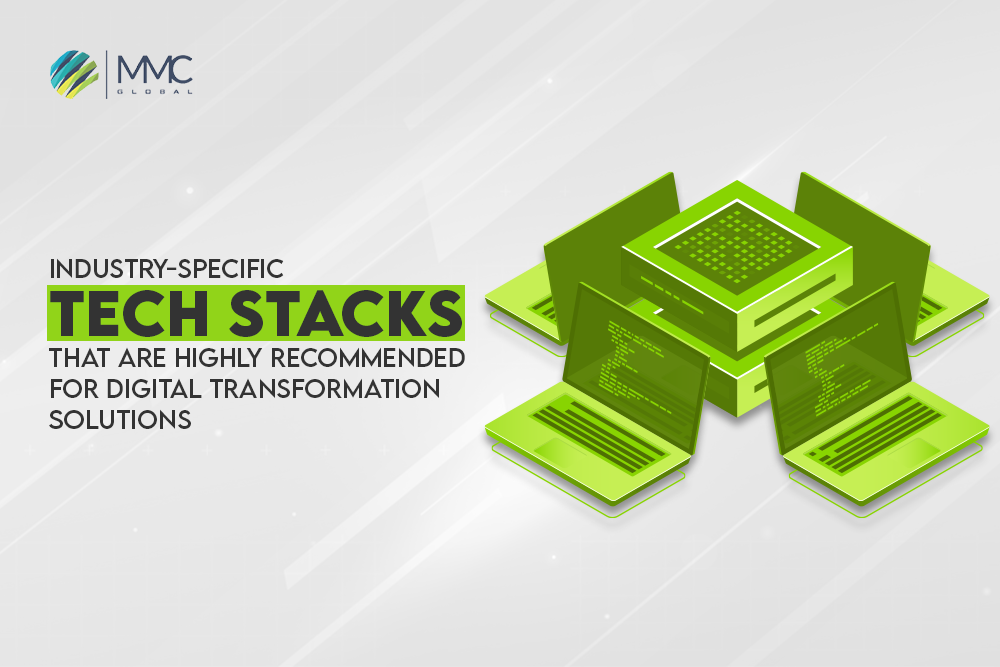Customers are more advanced in using digital devices, ultimately creating a highly competitive market. Businesses still using old-fashioned technology or may not even use it are more concerned that the inclusion of digital transformation is not just an option but a must-have element for their organization.
Digital transformation refers to the interaction and inclusion of technology in business operations to get maximum output. The customer digital transformation approach is also defined as the technology used to cater to customers and provide ease to their buying journey. In short, to enhance exceptional customer experience.
For example, today’s online payment process is much more streamlined and quick than before. You can transact millions in digital currency or a mobile app. Online shopping is more accessible than ever. Let’s see how to drive customer digital transformation for business.
Build Strong Business Relationship With Technology
An IT project is different from what a customer service transformation endeavor is. Even though technology drives transformation, the focus remains firmly on client results. This implies that IT and business must cooperate.
Transformation frequently concentrates on IT drivers like cost reduction when IT is the only sponsor. Eventually, it becomes a technology update project rather than something that improves the customer experience.
Read more: How Digital Transformation Revamps The Way of Doing Businesses?
MMCGBL got proven strategies to make businesses customer-centric with its vast experience in this field. We provide software, automation, and web & mobile applications that help increase business health and growth.
However, business leaders frequently need a more technical understanding despite their intense focus on customer satisfaction. A lack of active collaboration between the business and IT might result in a technically unfeasible business strategy.
Rely on Front Lines
Humans are skilled at formulating hypotheses based on scant information. It does not imply that these theories are true. I’ve observed firms develop transformation initiatives in response to a perceived consumer need, only to veer off course due to a lack of a thorough understanding of the issue.
Consult with your front-line employees to prevent this. They can quickly identify what irritates customers. After that, confirm that input by observing employees interacting with clients. Having an unbiased observer provide you with a fact-based perspective might assist you in avoiding having skewed impressions about what is taking place.
Don’t Start With The Existing Process
We’re accustomed to processing automation and optimization initiatives that begin with current procedures. It’s in our DNA, and it’s a very legitimate strategy for simplifying procedures. It aids in the discovery of failure areas, bottlenecks, and processes that machines can carry out easily.
But that’s different from what we’re after here. The goal of customer-centric change isn’t to recreate old procedures. The consumer experience you wish to provide is where you should start. If you’re limited by what you have right now, you’re unlikely to get the results for your customers that you desire.
Adopt Agile Methodologies
Digital transformation of customers must be an iterative process. Gathering requirements to present a solution that could or might not benefit clients six months or a year later is completely pointless.
Make small parts of your transformation program instead. Implement them gradually and evaluate the value each one provides as you go along. It will provide you the chance to adjust your path, find fresh ways to improve the client experience, and achieve quick time to value.
Measure Customer and Business Value
The conventional operational key performance indicators (KPIs) pertaining to usability, security, and stability should be prioritized. However, you also need to evaluate the advantages you’re giving your company and the benefits you’re providing your customers. You miss the point if you don’t.
Keep in mind that there are numerous ways to view this value. Think about a client who calls to inquire about a missing package. The productivity of the logistics company’s field service representatives, or how many calls they can handle, may be the most crucial factor.
Read more: Digital Transformation – The Best Way to Future Proof Your Business
Bottom Line
Although the transformation went on the seventh sky, it is unstoppable for business and normal people. Companies are making new ways to build stronger customer relationships. For this, they include automation, software, applications, and much more to make the business worth it.
If you are ready to transform your business and turn your traditional market with digital customer transformation, then don’t wait. You can reach out to make your customer digital transformation strategy more powerful and effective.



